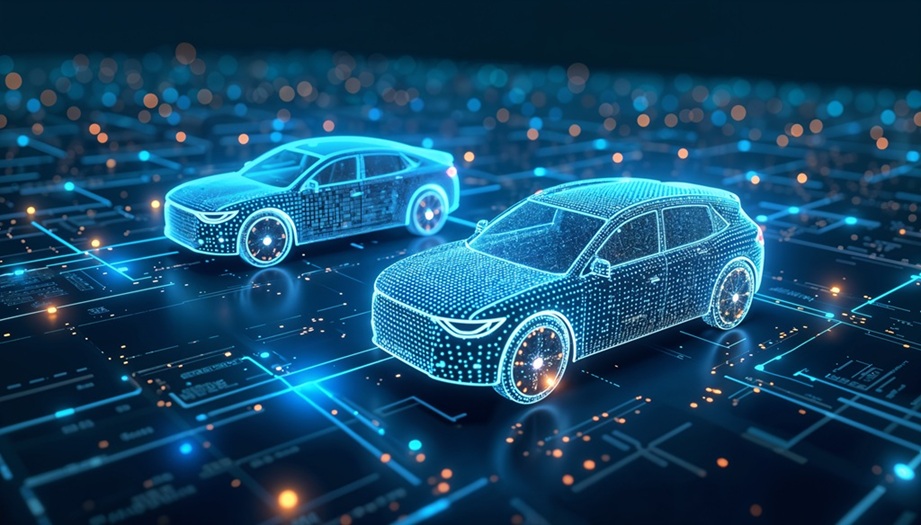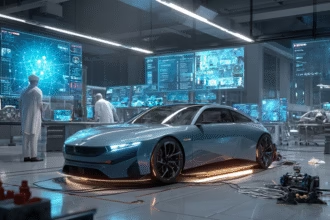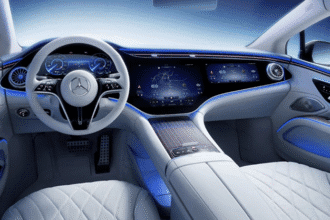The automotive industry is undergoing a major transformation, moving beyond traditional mechanical and hardware centric designs toward vehicles where software is the core driver of innovation and functionality. This shift is captured by the concept of Software Defined Vehicles (SDV), which represent the next generation of automobiles fundamentally controlled and enhanced by software systems.
As vehicles become more connected and autonomous, the role of software grows increasingly critical in managing complex systems and delivering new features. Unlike conventional cars, SDVs can receive over-the-air (OTA) updates that continuously improve performance and safety without needing physical modifications. This shift enables manufacturers to create more personalized and adaptive driving experiences tailored to individual user preferences.
Furthermore, SDVs open the door to innovations such as artificial intelligence-based driver assistance and seamless integration with smart infrastructure. Understanding these developments is essential to grasp how the future of mobility is evolving into a software driven ecosystem.
Table of Contents
What is a Software Defined Vehicle (SDV)?
A Software Defined Vehicle is a car in which most functions, from driving dynamics to infotainment and safety, are controlled, updated, and enhanced primarily through software rather than physical hardware changes. Unlike traditional vehicles where capabilities were fixed at the time of manufacture, SDVs treat the vehicle as a dynamic platform that evolves through over the air software updates, similar to how smartphones receive new features over time.
For example, Tesla regularly delivers updates that improve battery efficiency and introduce new autonomous driving features without altering any hardware. This capability depends on a secure software architecture that manages real time control over systems such as steering and braking, maintaining both flexibility and safety. Instead of multiple standalone ECUs, SDVs use centralized computing platforms, which streamline the hardware architecture but introduce greater software complexity.
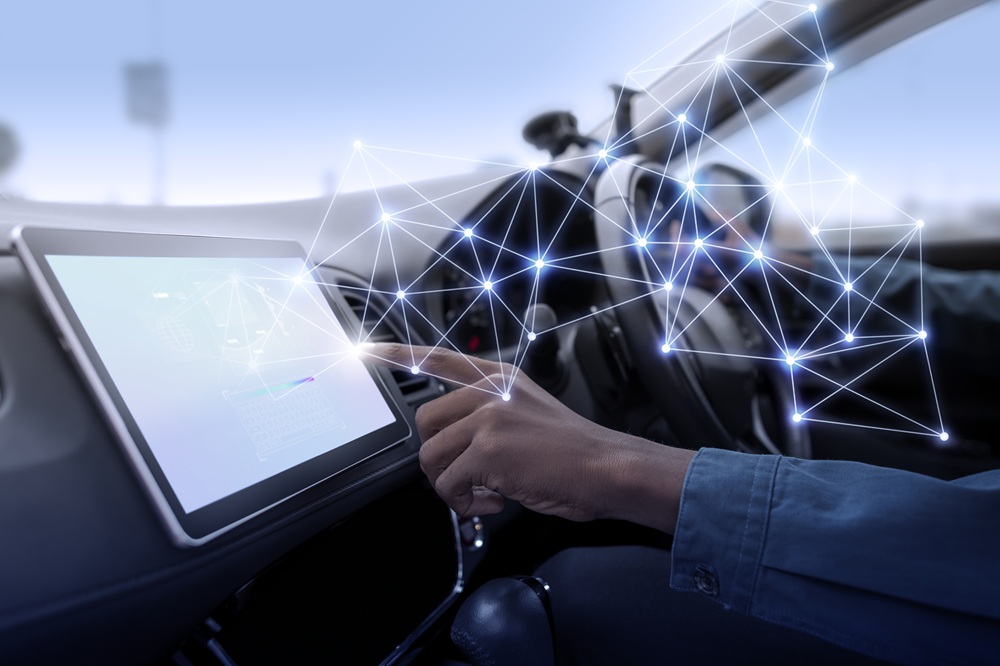
Artificial intelligence plays a key role in predictive maintenance by analyzing sensor data to detect faults before they lead to breakdowns. Connectivity through 5G and vehicle to everything communication enables interaction with traffic infrastructure and other vehicles, enhancing road safety and efficiency. Cloud computing further supports SDVs by offloading heavy data processing, which powers features like real time navigation, advanced driver assistance, and autonomous driving.
The data driven nature of SDVs also allows for continuous personalization, adjusting vehicle settings to individual driver preferences and changing road conditions.
However, these benefits come with significant challenges. The integration of software systems containing millions of lines of code from multiple suppliers demands rigorous testing, validation, and version control. Software malfunctions in one area, such as an incorrectly integrated update, can affect critical systems like braking or steering, potentially compromising safety. Cybersecurity is another major concern, as SDVs are exposed to hacking, data breaches, and system manipulation. Automakers must implement real time threat detection, encryption, and secure boot protocols, similar to initiatives underway at General Motors cybersecurity labs.
Regulatory compliance adds to the complexity. Updates must meet evolving safety, emissions, and data standards in multiple regions, often requiring validation from national authorities. In parallel, hardware and software must be co developed to optimize computing power, energy consumption, and spatial constraints, especially in electric vehicles where efficiency directly impacts range.
Core Technologies Behind Software Defined Vehicles
Software Defined Vehicles rely on a set of advanced technologies that work together to make the vehicle smarter, more connected, and easier to update. These tools form the foundation that allows automakers to deliver new features, improve safety, and enhance performance through software rather than hardware changes.
Service-Oriented Architecture (SOA)
SOA enables vehicle functions to be broken down into smaller, reusable software services that communicate over a common network inside the car. This architecture supports modularity and rapid development cycles by allowing individual services to be updated or replaced without affecting the entire system. For example, BMW’s latest vehicles use SOA to separate infotainment, navigation, and driver assistance features into distinct software modules that can be independently upgraded over the air.
Technically, SOA relies on standardized communication protocols, often based on Automotive Ethernet, to ensure seamless interaction between services while maintaining security and reliability. This approach also facilitates cross-brand software reuse and simplifies integration of third-party applications, accelerating innovation and reducing development costs.
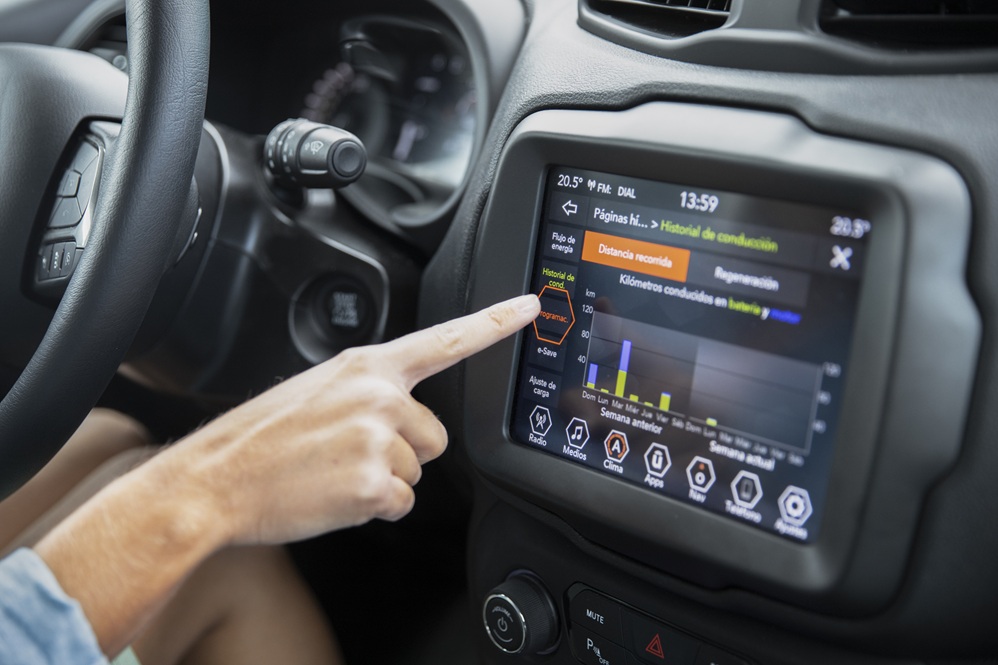
Cloud Connectivity and Edge Computing
Software Defined Vehicles are connected to cloud platforms for real-time data exchange, analytics, and updates, enabling features such as traffic information, predictive maintenance, and personalized user settings. For example, General Motors uses its OnStar cloud services to provide remote diagnostics and over-the-air updates that improve vehicle performance without dealer visits.
Edge computing complements this by processing data locally on the vehicle, which is essential for latency-sensitive tasks like collision avoidance and lane keeping where milliseconds matter. Tesla’s Autopilot system demonstrates this by analyzing sensor inputs onboard in real time, allowing the car to react instantly to changing road conditions without waiting for cloud commands. This hybrid approach balances the power of cloud-based big data analytics with the speed and reliability of local processing to enhance both safety and user experience.
Domain Controllers and Centralized Computing
Modern Software Defined Vehicles replace multiple independent ECUs with a few powerful centralized computing units known as domain controllers. These controllers consolidate processing for related functions such as chassis control, power-train management, or infotainment systems, allowing better coordination and simplified software management.
For instance, Tesla’s Full Self-Driving computer integrates data from various sensors and vehicle systems into a single processing unit, improving real-time decision making for autonomous driving. Centralized computing reduces the complexity of wiring harnesses and enables faster software updates by streamlining communication between vehicle components.
Additionally, these domain controllers often use high-performance processors and dedicated graphics units to handle complex algorithms for driver assistance and infotainment simultaneously, enhancing both safety and user experience.
Artificial Intelligence and Machine Learning
AI enables adaptive driving assistance systems that learn from real-world conditions to improve accuracy and safety over time. For example, Waymo’s autonomous vehicles use machine learning models to interpret complex sensor data from cameras, lidar, and radar, allowing the car to predict pedestrian movements and respond to unexpected obstacles.
Predictive maintenance is another application where AI analyzes vehicle sensor data to forecast component failures before they occur, reducing downtime and repair costs; BMW’s ConnectedDrive service uses this technology to notify drivers of maintenance needs in advance. Additionally, machine learning personalizes user interfaces by adapting settings such as climate control, seat position, and infotainment preferences based on driver behavior, creating a more intuitive and comfortable experience.
Cybersecurity in Software Defined Vehicles
Given their connectivity and software reliance, Software Defined Vehicles require robust cybersecurity frameworks to protect against hacking, data breaches, and system manipulation. For instance, Tesla employs a multi-layered security approach that includes encryption, secure boot processes, and continuous vulnerability assessments to safeguard vehicle systems from cyber threats.
Technical measures such as intrusion detection systems monitor network traffic within the vehicle to identify and respond to suspicious activity in real time. Additionally, automotive manufacturers are adopting industry standards like ISO/SAE 21434 to ensure consistent cybersecurity practices throughout the vehicle lifecycle. These protections are critical because a successful cyberattack could compromise safety-critical functions such as braking or steering, highlighting the importance of resilient security architectures in modern vehicles.
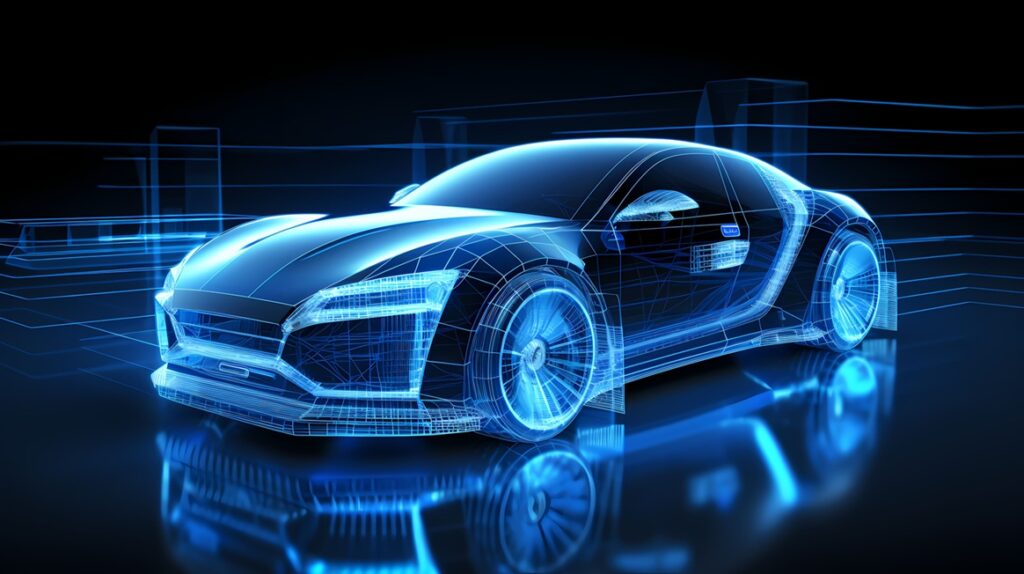
OEM Leading the Software Defined Vehicles Revolution
Tesla remains at the forefront of Software Defined Vehicle innovation, leveraging its in-house hardware and software architecture to deliver seamless over-the-air updates that enhance everything from battery thermal control to Autopilot’s adaptive behavior on highways. One notable example is Tesla’s “Full Self-Driving Beta” rollout, which uses real-time fleet data to continuously improve its driver assistance algorithms through machine learning.
Volkswagen Group is taking a platform-oriented approach by consolidating software development under its Car.Software organization. This initiative supports its scalable architecture across multiple brands including Audi and Porsche, with the VW ID.4 serving as a test-bed for software modularity and remote diagnostics. General Motors is advancing SDV capabilities with its Ultifi platform, which decouples software from hardware and allows for a more smartphone-like experience in vehicles such as the Cadillac Lyriq. Ultifi also integrates edge processing and cloud-based services for features like remote diagnostics, subscription-based add-ons, and AI-powered driving assistance.
BMW’s Operating System 8 builds on its earlier systems to allow real-time updates, app integration, and personalized driver profiles that persist across different vehicles. It also supports Level 2 plus driving automation and ties into the company’s long-term push toward Level 3 autonomy.
Mercedes-Benz is also making significant strides by embedding high-performance computing into its vehicles, transitioning toward a unified vehicle control unit architecture. The MBUX system, already capable of natural language processing and over-the-air updates, serves as the backbone for future autonomous and personalized mobility solutions in its EQ electric range.
Final Thoughts
Traditional vehicles relied heavily on mechanical engineering and fixed hardware designs. As automotive systems evolved, Electronic Control Units began managing specific subsystems like engine control and braking. Over time, the number of ECUs grew, increasing complexity and making software integration a major challenge. The shift toward electrification, autonomous driving, and connected services has further accelerated the demand for centralized computing and cohesive software platforms. For instance, electric vehicles from manufacturers such as Tesla and Volkswagen now use unified control units to manage everything from battery systems to user interfaces.
Consumers today expect ongoing feature improvements, personalized settings, and seamless digital experiences, which traditional hardware cannot support efficiently. This has driven the adoption of over the air updates and cloud-based services, allowing vehicles to evolve long after leaving the factory. However, greater connectivity also introduces cybersecurity risks, requiring automakers to build resilient systems to protect against hacking and data breaches. The integration of artificial intelligence and machine learning has become another defining feature of modern vehicles, enabling adaptive cruise control, real time navigation optimization, and predictive maintenance.
Software Defined Vehicles mark a fundamental turning point in automotive design. By prioritizing software over fixed hardware, SDVs deliver unmatched flexibility, innovation speed, and personalization. While challenges remain around security, complexity, and global regulation, OEMs such as Tesla, Volkswagen, GM, BMW, and Mercedes Benz are setting new industry benchmarks. For consumers and the automotive sector alike, SDVs signal the dawn of an era where vehicles are intelligent platforms that improve over time, reshaping the very concept of mobility.
